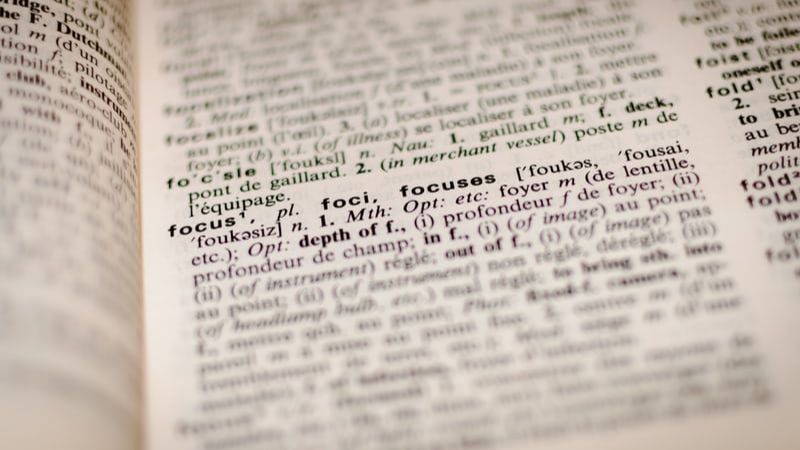Use of AI in language translation

Pranjal Dureja

Previously translation of a text or a speech into a different language required a human translator who was proficient in at least two languages. With the advent of the technology of artificial intelligence, the role of a human translator is now being done by a machine.
The AI language translators primarily use deep learning to translate not only the words that are spoken or written, but also the meaning of the words. This feature plays an instrumental role in ensuring accurate translation with fewer misunderstandings as compared to a simple machine translation which only translates words into different languages.
By using natural language processing and natural language generation, AI helps to bring a human touch to the content being translated, either spoken or written. It incorporates the intonation, pitch, pauses, figures of speech as well as sentiments associated with the content being translated. This ability of AI has made many people believe that language translation with the help of AI can effectively replace human translators.
The AI language translation technology is used in virtual assistants like Siri, Ok Google, Google translate etc. These platforms integrate speech recognition with language translation. They effectively convert sound to text and text to sound in the language preferred by the user.
The development of AI technology in terms of speech recognition and language translation has proven to be advantageous to both individuals as well as businesses. Tourists can now travel around the world without the fear of not understanding a foreign language. Businesses can expand their consumer reach without thinking about the language barriers.
It is pertinent to note that language translation with the help of AI is not infallible because of the involvement of a machine. AI translators have huge potential in future, however, there is also a need to address the loopholes which such translation creates.